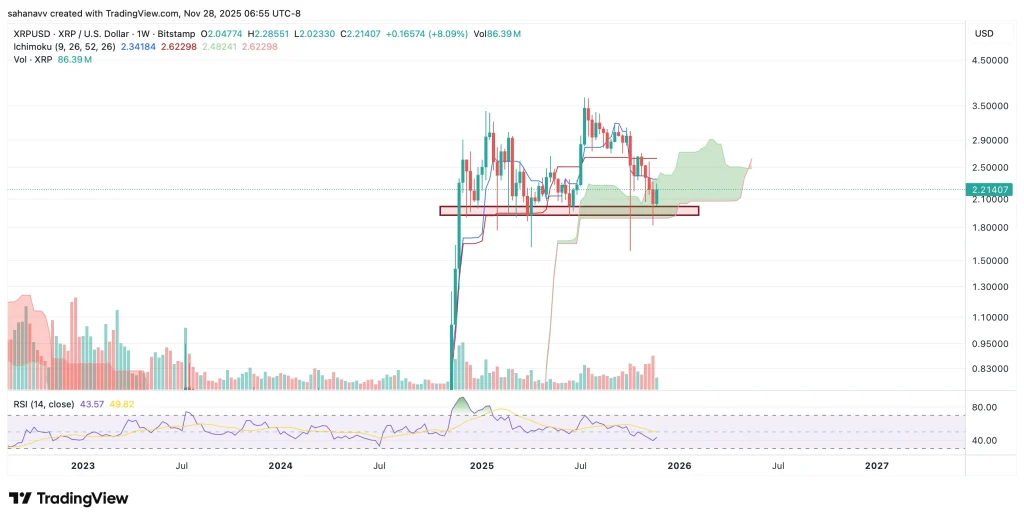South Korea Halts CBDC Trials as Banks Embrace Stablecoin Shift
 2025/06/30 04:19
2025/06/30 04:19
- South Korea halts CBDC trials as banks favor stablecoins for clearer profit paths and flexibility.
- President Lee’s policies support firms issuing stablecoins with regulatory oversight in place.
- Four major banks join forces to launch a Korean won-backed stablecoin by early next year.
South Korea’s central bank has paused its digital currency tests. This decision comes amid rising interest in stablecoins from local banks. The second phase of the central bank digital currency (CBDC) pilot was expected later this year. However, the Bank of Korea (BOK) informed banks that the trials are now delayed.
The move follows increased government support for stablecoins. President Lee Jae-myung has championed policies that encourage private-sector involvement in digital currencies. His ruling party recently proposed a bill allowing companies to issue stablecoins. The requirement is a minimum equity capital of 500 million Korean won (around $370,000).
CBDCs and stablecoins serve similar roles but operate under different systems. A CBDC is backed and issued by a central bank. Stablecoins, on the other hand, come from private companies and maintain a fixed value, usually tied to a national currency.
Banks Favor Stablecoins Over CBDC
Banks involved in the initial CBDC trials appear more interested in stablecoins. Seven banks had participated in the first phase of the CBDC pilot. This phase, which ran from April to June, included 100,000 users and tested digital payments. The next phase was meant to introduce merchant use and remittance features.
But banking officials raised concerns. They argued the CBDC project was too costly. They also complained about the lack of a clear commercialization plan. One senior official said the trial’s second phase was “on the verge of collapse.” The BOK considered moving the next round of testing to early next year instead.
Reports now suggest the BOK may limit the number of banks involved in future trials. But for now, attention has shifted to stablecoins. Four of the banks involved in the CBDC project, KB Kookmin, Shinhan, Woori, and NongHyup, are now collaborating on a new stablecoin. This token will be backed by the Korean won and is expected to be released next year.
The new stablecoin consortium plans to maintain a 1:1 peg with the Korean won. It will operate under a structure controlled by private banks but regulated by government standards. The move marks a shift from centralized oversight to a hybrid approach.
Related: South Korea Signals Major Crypto Policy Shift In 2025
Market Reactions and Global Trends
News of the CBDC suspension affected South Korean fintech stocks. KakaoPay Corp, a mobile payment firm, has dropped 8% at press time. Hecto Financial also declined by around 5%. However, traditional financial groups saw slight gains. KB Financial Group rose 0.5%, while Shinhan added 1.3%.
South Korea’s delay mirrors a global trend. Several central banks are rethinking CBDC initiatives. Instead, many are now focusing on regulating stablecoins. In June, the US Senate passed a bill to regulate dollar-backed stablecoins. This marked a win for crypto interests and President Donald Trump.
Asian countries are also moving in the same direction. Hong Kong and Taiwan have begun exploring stablecoin regulations. At a recent BOK-hosted conference, US Federal Reserve Governor Christopher Waller shared his views. He said stablecoins could reduce payment costs by introducing competition from non-bank entities.
BOK Governor Rhee Chang-yong supported the idea of stablecoins. He stressed the need for strong regulation. His deputy, Ryoo Sangdai, also agreed. He proposed a step-by-step rollout led by banks and backed by strict rules.
These comments are indicative of a precarious yet open stance. The BOK appears ready to back up innovation, as long as it maintains financial stability. For now, the second round of CBDC trials remains suspended. The central bank will wait to see how stablecoin developments unfold.
The post South Korea Halts CBDC Trials as Banks Embrace Stablecoin Shift appeared first on Cryptotale
Disclaimer: The content of this article solely reflects the author's opinion and does not represent the platform in any capacity. This article is not intended to serve as a reference for making investment decisions.
You may also like
No wonder Buffett finally bet on Google
Google holds the entire chain in its own hands. It does not rely on Nvidia and possesses efficient, low-cost computational sovereignty.

HYPE Price Prediction December 2025: Can Hyperliquid Absorb Its Largest Supply Shock?

XRP Price Stuck Below Key Resistance, While Hidden Bullish Structure Hints at a Move To $3

Bitcoin Price Prediction: Recovery Targets $92K–$101K as Market Stabilizes